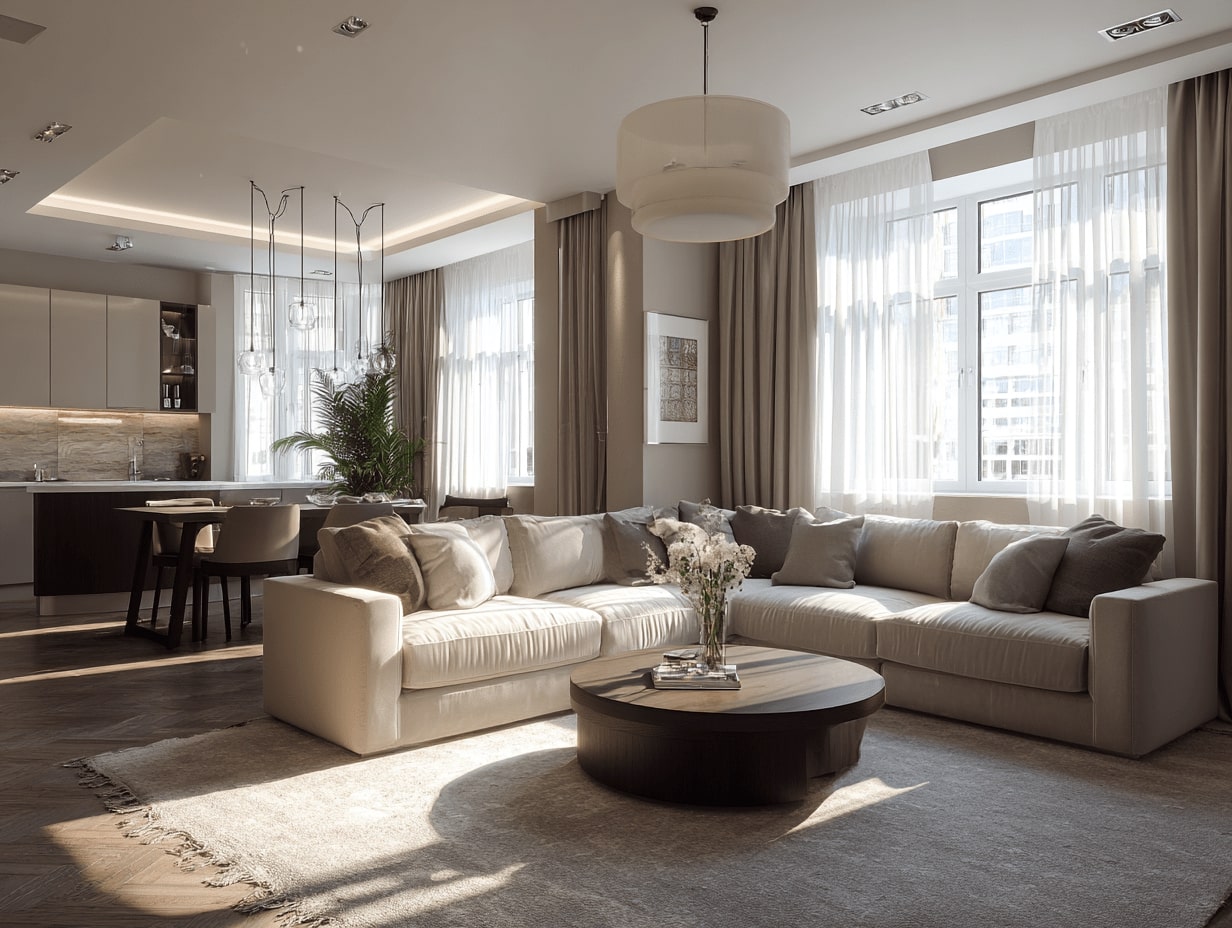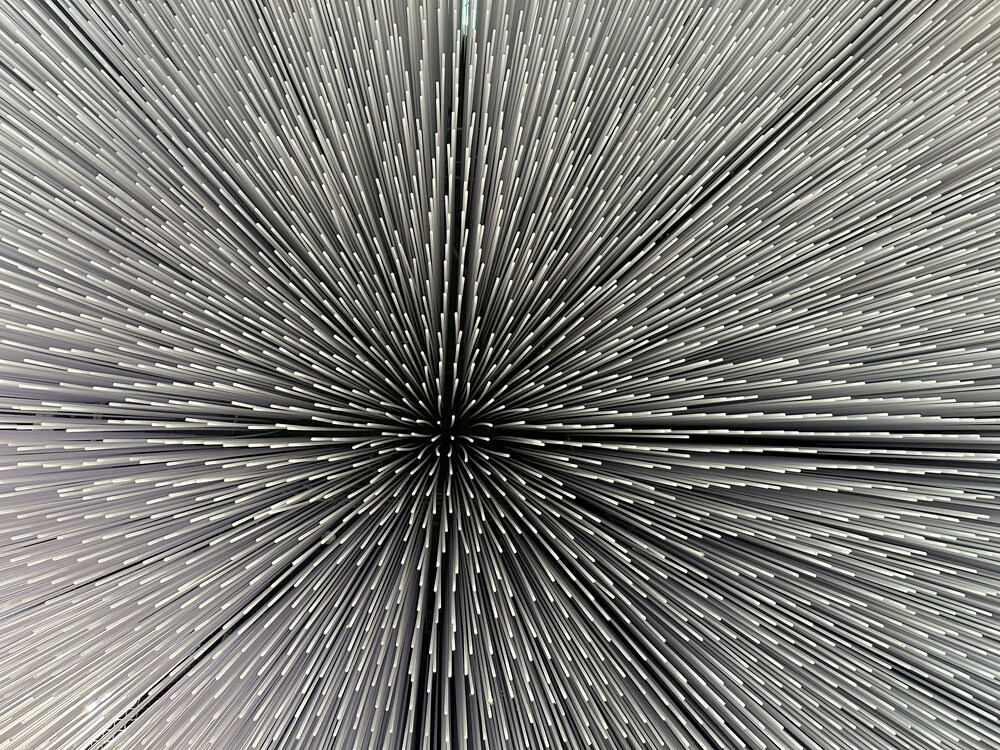- Home
- Articles
- Architectural Portfolio
- Architectral Presentation
- Inspirational Stories
- Architecture News
- Visualization
- BIM Industry
- Facade Design
- Parametric Design
- Career
- Landscape Architecture
- Construction
- Artificial Intelligence
- Sketching
- Design Softwares
- Diagrams
- Writing
- Architectural Tips
- Sustainability
- Courses
- Concept
- Technology
- History & Heritage
- Future of Architecture
- Guides & How-To
- Art & Culture
- Projects
- Interior Design
- Competitions
- Jobs
- Store
- Tools
- More
- Home
- Articles
- Architectural Portfolio
- Architectral Presentation
- Inspirational Stories
- Architecture News
- Visualization
- BIM Industry
- Facade Design
- Parametric Design
- Career
- Landscape Architecture
- Construction
- Artificial Intelligence
- Sketching
- Design Softwares
- Diagrams
- Writing
- Architectural Tips
- Sustainability
- Courses
- Concept
- Technology
- History & Heritage
- Future of Architecture
- Guides & How-To
- Art & Culture
- Projects
- Interior Design
- Competitions
- Jobs
- Store
- Tools
- More
Exploring the Harmony in Architecture and Furniture Design

The art of blending architecture and furniture design is like conducting a symphony. Every piece of furniture plays a crucial role in shaping the harmony between the built environment and its contents. From sleek contemporary designs that seamlessly integrate into their surroundings to classic, ornate furnishings that offer striking contrasts, the choice of furniture adds character and depth to any space.
Just as Feng Shui aims to harmonize energies within a room, architects can strategically place furniture to create a sense of balance and tranquility. This harmonious blend not only enhances the visual appeal but also defines a cohesive design that elevates the overall architectural beauty. In both architecture and furniture design, we must consider function, weight, and stress to ensure the final product is both beautiful and practical.
By thoughtfully marrying these elements, we can create spaces that are not only functional but also aesthetically pleasing, making every room a masterpiece of design.

Table of Contents
ToggleThe Evolution of Furniture in Architectural Spaces
Furniture has undergone significant transformations over the centuries, reflecting shifts in architectural trends, materials, and cultural influences. The integration of furniture within architectural spaces has transitioned from purely functional pieces to intricate works of art, enhancing the living experience.
From Functionality to Artistic Expression
Initially, furniture design focused primarily on functionality. Early pieces like benches, stools, and simple tables served basic needs, often using available materials such as wood and stone. Over time, innovations in craftsmanship and materials enabled more intricate and decorative designs.
As societies evolved, so did the role of furniture in architectural spaces. The Renaissance period, for example, saw a fusion of artistry and functionality, with elaborately designed chairs, tables, and cabinets becoming symbols of status and wealth. Artisans incorporated intricate carvings, inlays, and sometimes even precious metals into their designs, emphasizing aesthetic appeal without losing sight of practical use.
Signature Styles Over the Centuries
Different eras have introduced distinct furniture styles that reflect their architectural context. In the Baroque period, furniture pieces featured ornate details and heavy embellishments, mirroring the grandeur of the architecture. During the Victorian era, intricately carved designs and dark woods were prevalent, emphasizing luxury and sophistication.
The modernist movement of the 20th century, led by designers like Mies van der Rohe and Lilly Reich, introduced minimalist forms and new materials such as steel and glass. The Barcelona Chair, created for the German Pavilion at the 1929 International Exposition in Barcelona, is a prime example, with its sleek lines and functional design embodying modernist principles.
In contrast, the De Stijl movement, represented by designers such as Gerrit Rietveld, emphasized geometric forms and primary colors, creating a stark yet harmonious integration with architectural spaces. The Red and Blue Chair by Rietveld exemplifies this approach with its use of lacquered wood and a striking color palette.
Today, contemporary furniture design continues to explore the balance between form and function, with designers integrating technology and sustainable materials. The work of Antonio Citterio and Toyo Ito, for instance, showcases the ongoing evolution of furniture that complements and enhances modern architectural spaces. The Sendai bookcase, inspired by Ito’s mediatheque, exemplifies this blend of design and functionality using materials like aluminum and walnut.
In every era, the evolution of furniture design within architectural spaces has reflected broader cultural and technological shifts, creating environments that are both functional and aesthetically refined.
![]()
Contemporary Trends in Architecture and Furniture Design
Influences of Technology on Modern Designs
Technology profoundly impacts modern architecture and furniture design. 3D printing, virtual reality, and advanced software enable designers to create complex structures and furniture with precision. Digital tools streamline the design process by allowing for rapid prototyping and real-time adjustments. For instance, architects use Building Information Modeling (BIM) to visualize and simulate architectural projects, ensuring accuracy and efficiency. In furniture design, computer-aided design (CAD) software enables intricate detailing, aiding in the production of customized pieces. These technological advancements contribute to innovative, functional, and aesthetically pleasing designs.
Sustainability and Eco-Friendly Materials
Sustainability is a pivotal trend in contemporary design. Our focus has shifted toward eco-friendly materials like reclaimed wood, recycled metal, and biodegradable fabrics. These materials minimize environmental impact by reducing waste and promoting responsible consumption. Upcycling, the repurposing of old furniture or materials into new pieces, is an emerging trend that reinforces this eco-conscious approach. For example, designers create unique furniture from used pallets or metal scraps, demonstrating that sustainability and style are not mutually exclusive. This trend aligns with the broader movement towards sustainable living, reflecting our commitment to environmental stewardship.
Iconic Furniture Pieces that Defined Architectural Eras
How Midcentury Modern Shaped Current Trends
Midcentury Modern design emerged in the mid-20th century, focusing on simplicity, functionality, and connection to nature. It emphasized clean lines, organic shapes, and minimal ornamentation, aligning with the architectural principles of the era. Architects and designers like Charles and Ray Eames, Ludwig Mies van der Rohe, and Eero Saarinen created furniture that complemented the architectural innovations of their time.
Charles and Ray Eames introduced the Eames Lounge Chair and Ottoman in 1956. This iconic piece combined molded plywood and leather, offering both comfort and aesthetic appeal. Ludwig Mies van der Rohe’s Barcelona Chair, designed in 1929, showcased modernist principles using chrome steel and leather. Eero Saarinen’s Tulip Chair, crafted in 1957, featured a smooth, flowing form that eliminated the clutter of traditional legs.
These designs set the stage for current trends by promoting open spaces, blending indoor and outdoor environments, and incorporating natural materials. Today’s interiors often draw inspiration from these midcentury pieces, underlining the timeless quality of this design era.
![]()
The Impact of Minimalism on Urban Interiors
Minimalism, rooted in the modernist movement, focuses on the idea that less is more. It aims to create serene, uncluttered spaces by eliminating unnecessary elements and emphasizing functionality. This approach has significantly influenced urban interiors, where space is often at a premium.
Minimalist design principles can be seen in the work of architects like Peter Pearce and firms such as Morphosis. These designers prioritize simplicity and efficiency, using materials like steel and glass to create sleek, open environments.
A prime example of minimalist furniture is the FlatC system designed by Antonio Citterio. Offering a variety of combinations and color options, this bookcase system integrates the need for storage and media organization without overwhelming the space. Similarly, Giacomo Moor’s 2014 Frameworks collection features clean lines and versatile configurations, catering to the minimalist ethos.
Urban interiors benefit from minimalist design by maximizing functionality while maintaining an aesthetically pleasing environment. This approach creates a sense of calm and order, essential for modern urban living.
Throughout architectural and furniture design history, these iconic pieces and movements have continuously shaped our living spaces, reflecting broader societal changes and technological advancements. The influence of Midcentury Modern and Minimalism remains evident in today’s design trends, highlighting their enduring legacy.
The Relationship Between Space and Furniture
Creating Harmony and Contrast through Design
The choice of furniture shapes the relationship between the built environment and the pieces that occupy it. By integrating furniture with architectural themes, we can create harmony or contrast, adding character and depth to the space. For instance, sleek contemporary designs, such as minimalist sofas and glass tables, might seamlessly blend into modern interiors. Conversely, ornate furnishings like Victorian chairs or antique tables can offer a striking contrast in otherwise modern spaces, enhancing overall aesthetic appeal.
Furniture placement and design also influence how we perceive space. Comfortable, well-placed furniture can make a room feel inviting and functional. Conversely, oversized or mismatched pieces might create dissonance, negatively affecting the room’s ambiance. This delicate balance of elements is akin to the practice of Feng Shui, where the arrangement of items within a space aims to harmonize energies and create a sense of balance.
Furniture as a Component of Spatial Planning
In architectural design, furniture serves as both a functional and aesthetic component of spatial planning. Designers like Eileen Gray and Alvar Aalto understood the importance of furniture in defining interior spaces, creating iconic pieces that remain relevant. For example, Gray’s E-1027 adjustable table not only provides utility but also complements modernist interiors with its sleek, functional design.
By considering furniture from the early planning stages, we can ensure that it enhances the room’s purpose and usability. Chairs, tables, and storage solutions must align with the room’s architecture to optimize space and functionality. In open-plan layouts, modular furniture can define distinct zones without the need for structural elements, maintaining a sense of openness while providing necessary functionality.
In practice, strategic furniture selection and placement enhance both the form and function of architectural spaces, demonstrating that furniture is an integral part of spatial design rather than a mere afterthought.
![]()
Challenges and Innovations in Modern Furniture Design
Balancing Aesthetics with Practicality
Modern furniture design often grapples with finding the right balance between aesthetics and practicality. Furniture pieces must be visually appealing while serving functional purposes. For instance, designs like the Barcelona Chair and Eames Lounge Chair embody this blend by providing both style and comfort. Iconic furniture can transform spaces into aesthetically pleasing environments that don’t compromise on utility.
The challenge lies in ensuring that the furniture integrates seamlessly within the architectural context. For example, minimalist designs in urban interiors focus on uncluttered spaces, using pieces like the FlatC system that are both efficient and visually striking. Our goal is to create furniture that enhances the visual appeal of a space while maintaining its usability.
Advancements in Material Science and Fabrication Techniques
Advancements in material science and fabrication techniques have revolutionized modern furniture design. Materials like aluminum, walnut, and innovative composites allow designers to create lighter, more durable furniture. Toyo Ito’s designs, leveraging aluminum and wood, showcase the potential of these materials to create functional yet aesthetically pleasing pieces.
These advancements enable the production of complex designs that were previously unattainable. Digital design and fabrication technologies, for instance, allow us to prototype and produce furniture with precision. This integration of technology with traditional craftsmanship facilitates the creation of innovative furniture pieces that push the boundaries of design.
Moreover, sustainable materials are increasingly significant in modern furniture design. Utilizing eco-friendly materials not only addresses environmental concerns but also enhances the appeal of the furniture. Sustainable practices in material sourcing and fabrication ensure that modern designs contribute positively to both their immediate environment and the broader ecological landscape.
By balancing aesthetics with practicality and leveraging advancements in material science, modern furniture design continues to innovate, creating pieces that are both visually and functionally superior. Through careful consideration of materials and technology, we can craft furniture that stands the test of time, both in style and durability.
- architectural furniture solutions
- architectural interior design
- architecture and furniture design
- blending architecture and furniture
- contemporary architecture furniture
- custom architecture furniture
- exclusive design furniture
- functional architecture furniture
- furniture and architectural harmony
- harmonious interior design
- holistic home design
- integrated home design
- modern architecture furniture
- unique architecture design
Submit your architectural projects
Follow these steps for submission your project. Submission FormLatest Posts
How Furniture Design Shapes Interior Atmosphere
Discover how furniture design shapes interior atmosphere with practical cues on style,...
Digital Craftsmanship: The Role of Laser Engraving in Parametric Wooden Furniture
In the world of modern design, where technology meets artistry, laser engraving has emerged...
Transform Your Home: Lampshades to Elevate Your Lighting Scheme with Style
Transform your home's ambiance with stylish lampshades! Discover how the right shapes,...
Top Bathroom Cabinet Design Tips to Enhance Style and Functionality
Discover expert bathroom cabinet design tips to elevate both style and functionality...












Leave a comment